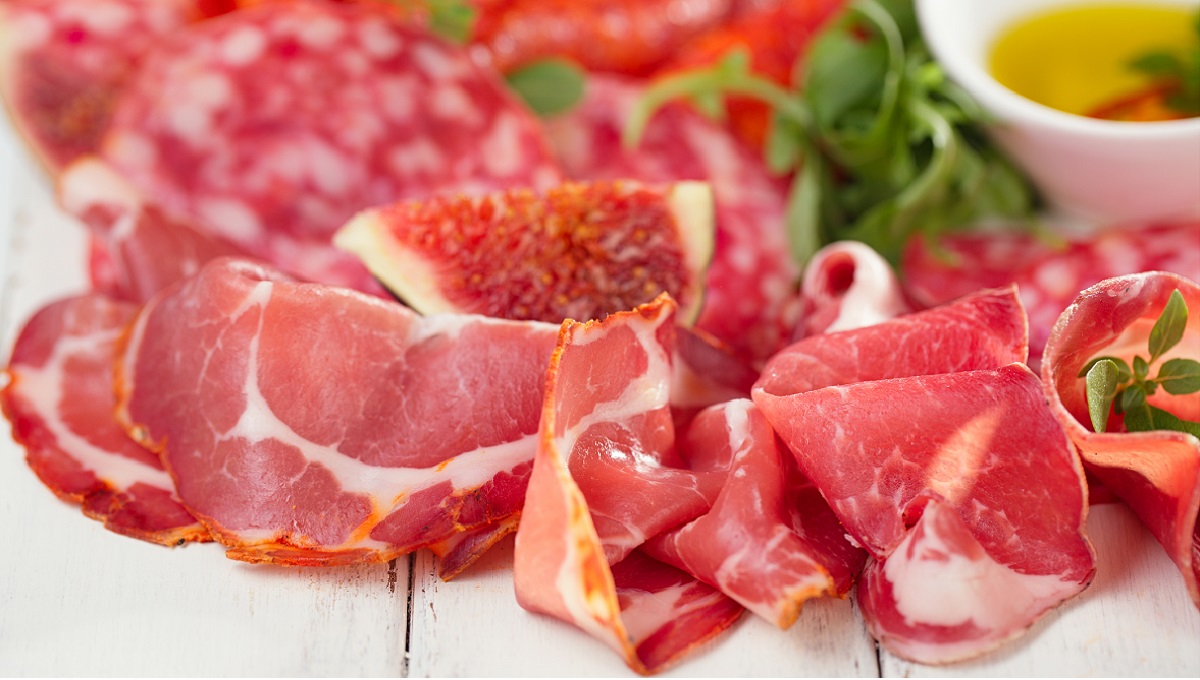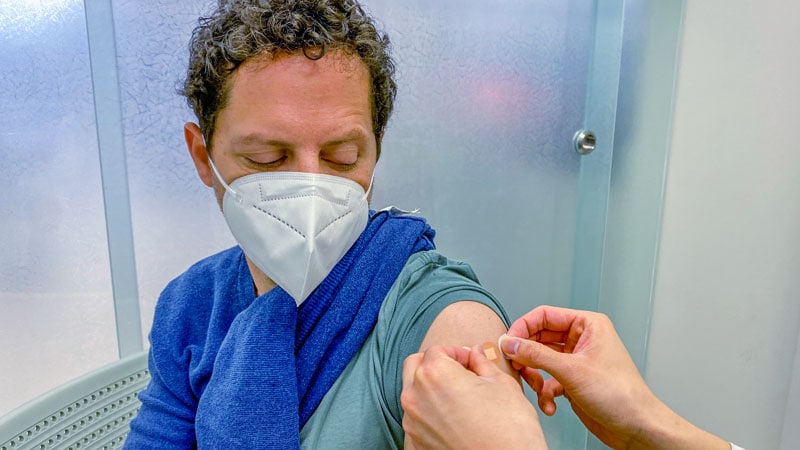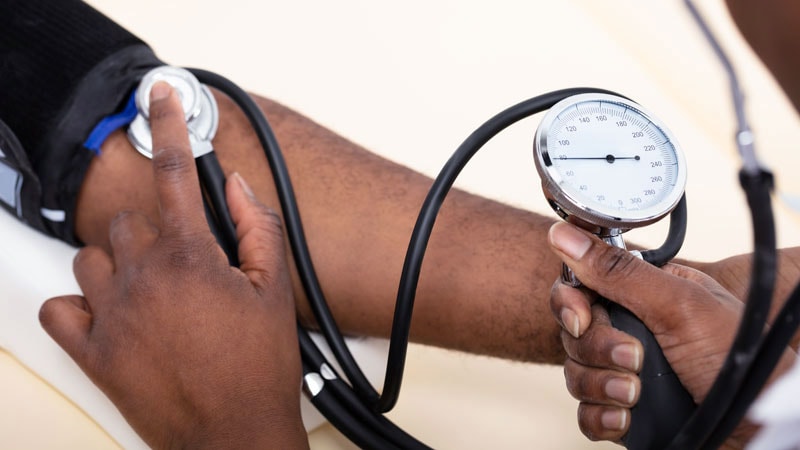
The European Commission has set new limits for the use of nitrites and nitrates as food additives.
The tighter levels aim to protect against pathogenic bacteria such as Listeria, Salmonella, and Clostridium botulinum, while reducing the exposure to nitrosamines, some of which are carcinogenic.
Based on a previous scientific assessment by the European Food Safety Authority (EFSA), the limits were endorsed by EU member states.
The stricter limits take into account the diversity of products and their manufacturing conditions across Europe. Food businesses now have at least two years to adapt to them.
The substances are used as food additives because of their antimicrobial properties, primarily in delicatessen and processed meat but also in fish and cheese. They function as preservatives and are used to enhance the color and extend the shelf life of processed meats.
Nitrate is found naturally in vegetables, with the highest concentrations in leafy vegetables like spinach and lettuce. It can also enter the food chain as an environmental contaminant in water.
Measures stop short of ban
A 2014 European Commission study revealed that, with some exceptions, the typical amount of nitrites added to non-sterilized meat products was lower than the established EU maximum level. Further work in 2016 involving industry and different meat products also concluded there was a possibility to lower the maximum levels of nitrites.
Some groups, such as Foodwatch France, had called for a ban on the use of added nitrites and nitrates in food. A motion was also discussed earlier this year at the European Parliament’s Committee on the Environment, Public Health and Food Safety (ENVI).
Commissioner Stella Kyriakides, in charge of Health and Food Safety, said: “By setting new limits for nitrites and nitrates additives in food, we are taking another step in this direction and delivering on another important action under Europe’s Beating Cancer Plan. I now call on the food industry to swiftly implement these science-based rules, and wherever possible, to reduce them further to protect the health of citizens.”
Further details on the limits for particular products can be found in this EU Commission document.
(To sign up for a free subscription to Food Safety News, click here.)
Note: This article have been indexed to our site. We do not claim legitimacy, ownership or copyright of any of the content above. To see the article at original source Click Here













